Undernutrition causes almost one-half of all deaths of children under 5, even though the most complete source of nutrition for infants is a mother’s breastmilk.
Don’t believe it? Let the children convince you.
Breast milk provides the “breast” nutrition during the first two years of life.
Breast milk is the natural first food for babies, a source of nutrition from birth through age 2. It provides all the energy and nutrients infants need in the first six months of life, around half or more of a child’s nutritional needs the second half of his first year, and about one-third throughout his second year of life.
When you see Ma coming and realize it’s lunch time.
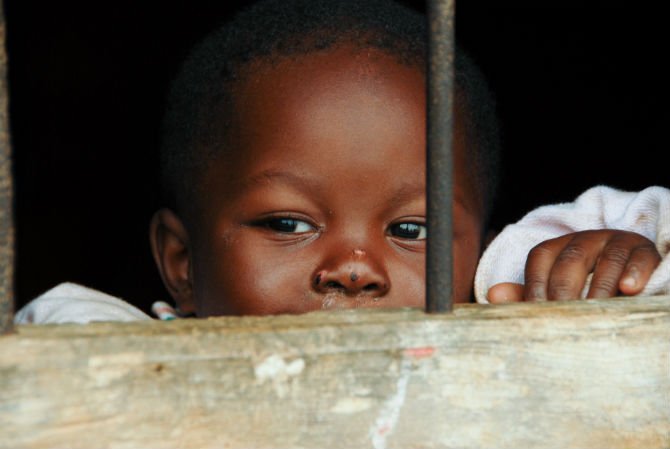
It is nearly impossible to artificially duplicate the full nutritional benefits of natural breast milk.
The days you don’t breastfeed got you like, “Ma, do you even know how nutritious the other stuff is not.”
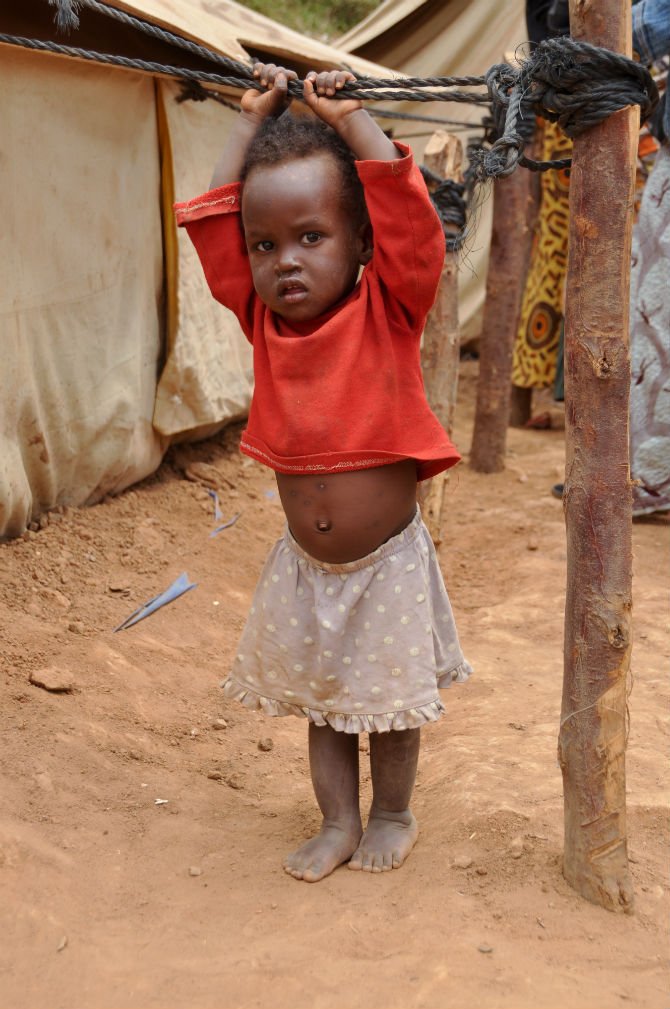
Exclusive breastfeeding would save thousands of lives every year.
Breastfeeding for the first six months of life would save an estimated 800,000 children every year.
“*Sigh* Facts speak for themselves, Ma. You know what we want – no, need. Do not deny us what we need.”
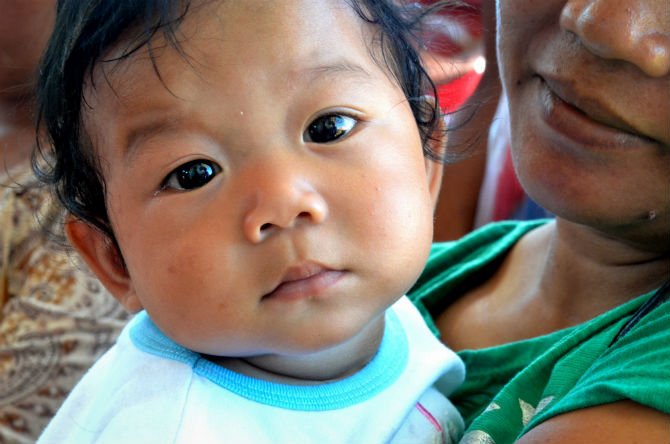
Infants who are not exclusively breastfed experience higher health risks than those who are.
Babies not exclusively breastfed in the first six months have a 14 times higher risk of death than those fed exclusively breast milk, as well as 10 times greater risk of death from diarrhoea and 15 times greater risk of death from pneumonia.
Breastfeeding got your body like -

Despite its benefits, breastfeeding is not widely practiced around the world.
Global rates of breastfeeding have remained more or less stagnant since 1990, with just 36% of children exclusively breastfed during the first six months.
“Hold up. What do you mean, ‘everybody does not do this?’”
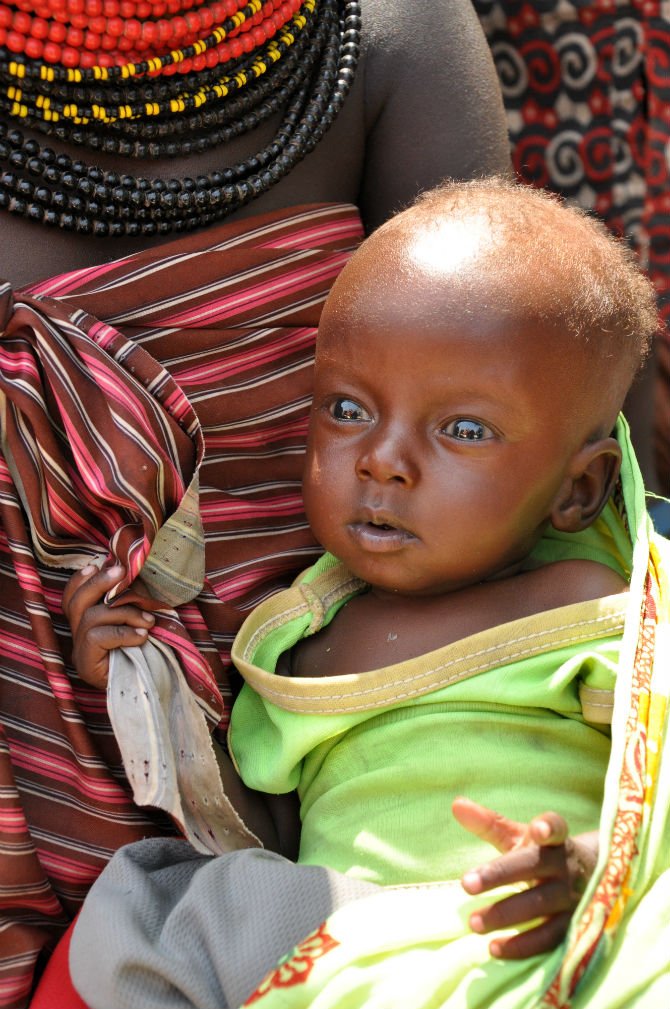
Breastfeeding benefits children as well as their mothers.
Those who naturally feed their children experience quicker recovery from childbirth than their non-breastfeeding counterparts, in addition to having natural birth spacing and decreased risk of ovarian and premenopausal breast cancers.
When you try to play it cool but are secretly happy Ma gets something out of lunch, too.

You can get involved with World Vision’s work improving child and maternal health here. Bottoms up!
“Go forth and breastfeed, you must.”
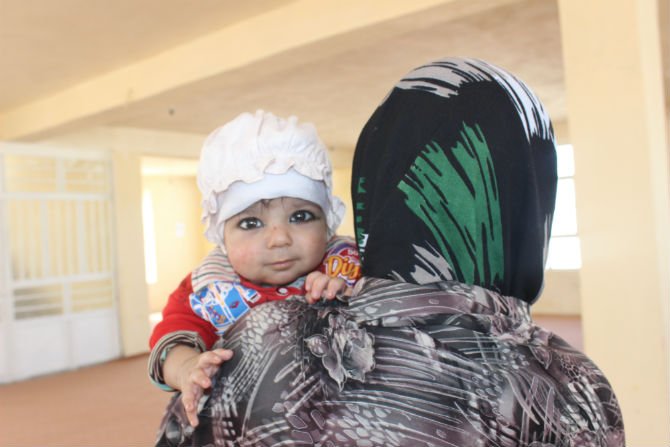
All statistics are from this original post on World Vision International by Loria Kulathungam, World Vision Canada. Edited by Meredith Hastings.